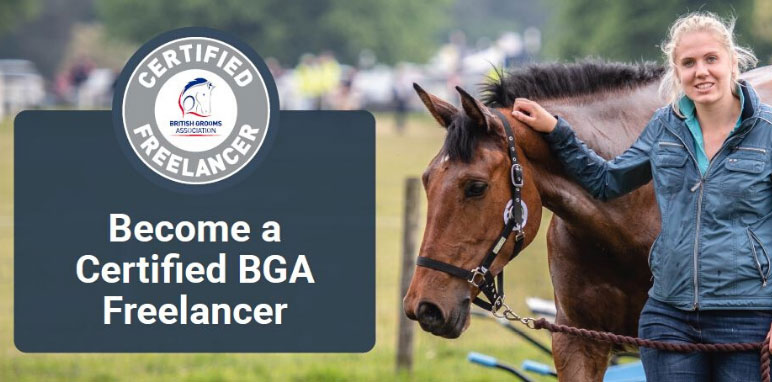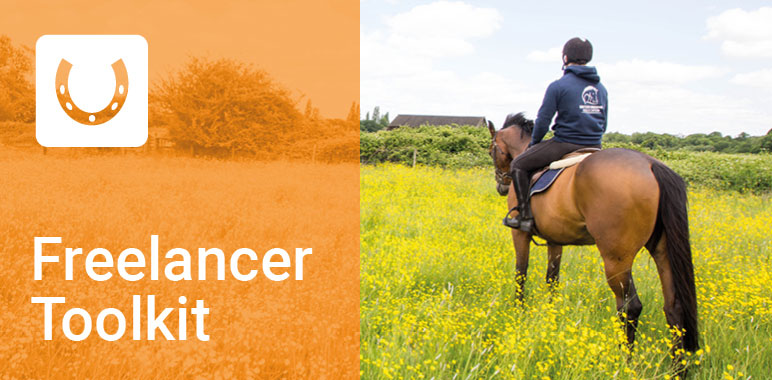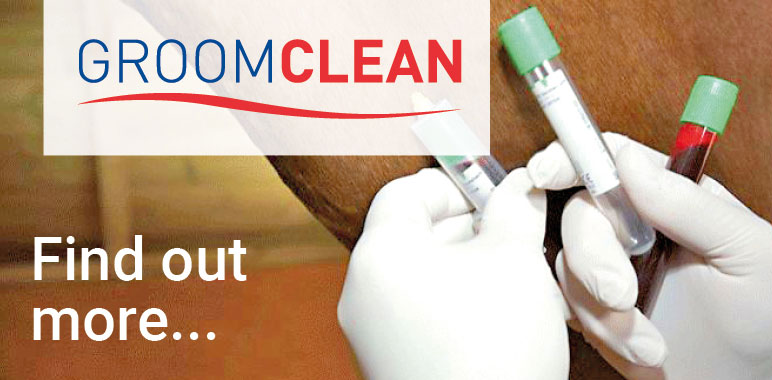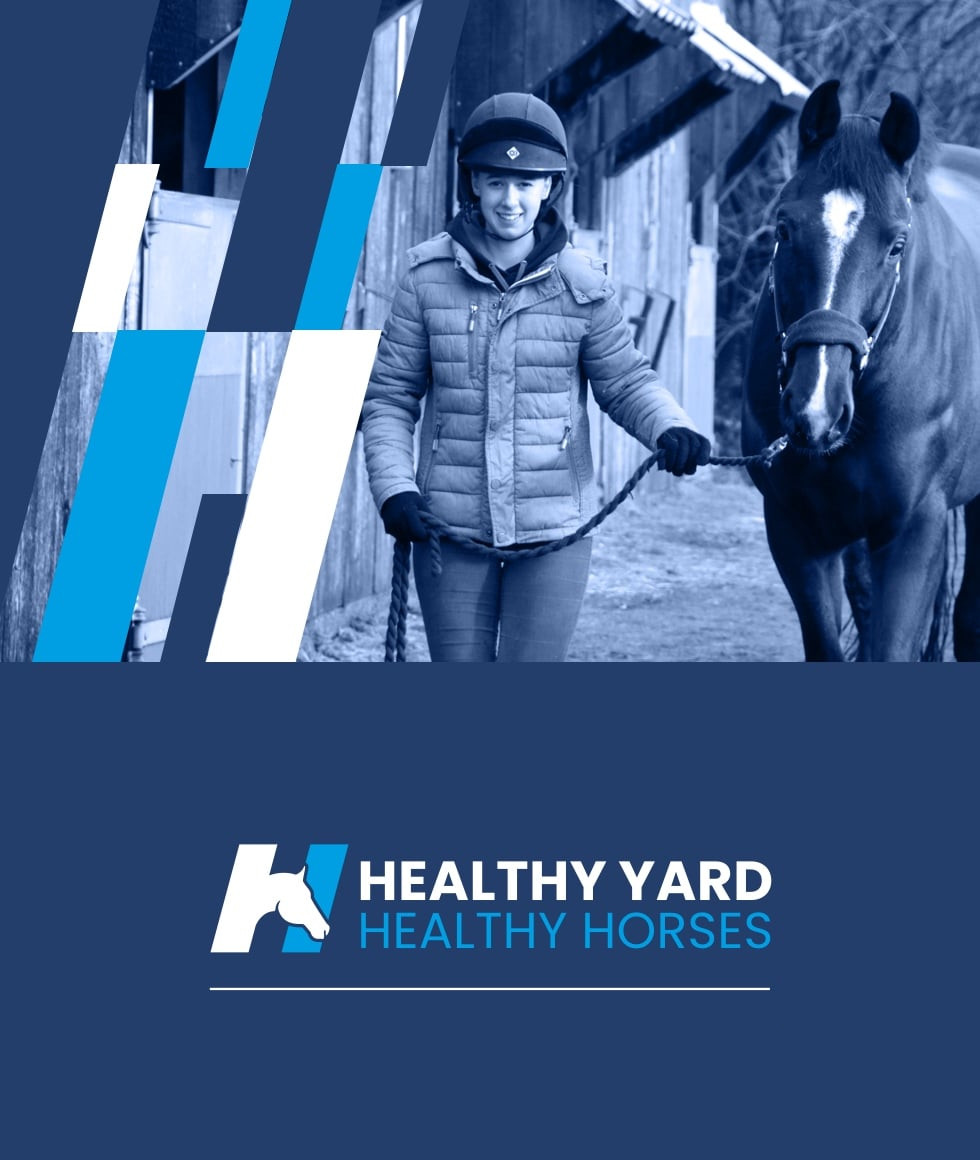- Join Now
- Login
- Member Zone
- Your Career
- Freelancing
- International Grooms Association
- BGA Training
- Healthy Yard Healthy Horses
- Transporting horses
- Brexit
- Safe workplace
- Student Zone
- Member Discounts
- BG Magazine
- Member services
- My employment
- Am I employed correctly
- Grooms Minds
- Safeguarding
- Legal Helpline
- BGA guide to the National Minimum Wage
- Training & Careers
- BGA CV Creator
- Horse groom training
- Where to Train
- BGA E Learning
- Career choices
- Change to Racing
- First Aid training for grooms
- Parents
- Grooms Jobs
- Grooms Life
- About
- News
- Contact

Are you worming correctly?
3rd May 2018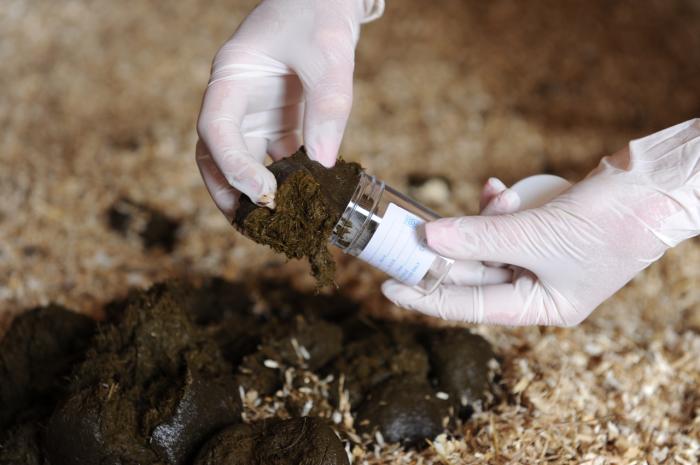
Results from the latest National Equine Health Survey (NEHS) show that some horse owners and grooms are still not up to speed with best worming practice. More than a third of survey respondents don’t carry out faecal worm egg counts (FWECs) at all, while of those that do only 25% do so at the right intervals.1
NEHS is a snapshot survey, conducted by Blue Cross in conjunction with the British Equine Veterinary Association (BEVA) during the month of May each year. Last year 5,235 people took part and returned records for 15,433 horses.1
The results of the survey, which was run during a week in May 2017, revealed that 37% of respondents never carry out FWECs. The majority (39%) of those who carried out FWECs did so at four-monthly intervals; 22% did so at 8-12 week intervals and 2% did so at six-weekly intervals.
Dr Wendy Talbot, equine vet at Zoetis said: “The NEHS results show that there’s still a lack of understanding about the purpose and benefits of FWECs during the grazing season. For the most effective results FWECs should be conducted every 8 to 12 weeks between March and October. They will indicate which horses are passing the most worm eggs in their droppings and mean that horses are only treated when necessary.2 Remember though that FWECs don’t remove the need to treat horses at specific times of year for encysted small redworm, tapeworm and bots, none of which will show up in FWECs.3 ”
Dr Talbot has put together an eleven point checklist to help you take control of worms all year round.
• FWECs should be used every 8-12 weeks during the grazing season from around March to October and horses treated according to the results.2
• Encysted small redworm (don’t show up in FWECs) should be targeted in adult horses once a year in the late autumn or early winter using a single dose of moxidectin or a five-day course of fenbendazole.5
• Tapeworm (don’t show up in FWECs) should be targeted twice a year, usually in the autumn and the spring using a single dose of praziquantel or a double dose of pyrantel 5 or a tapeworm test conducted.
• Bots (don’t show up in FWECs) should be treated annually in late autumn/early winter (‘after the first frost’).3
• Beware of resistance: There is widespread evidence of resistance in small redworm to fenbendazole, including the five-day dose so a resistance test is recommended before using it.4
• Weigh before worming to ensure you give the right amount of wormer. Underdosing can encourage worms to become resistant to the wormer you use and not be killed by it, creating a strain of resistant worms on your yard.
• Use faecal egg count reduction tests (FWECRTs) during the grazing season: The best way to ensure that your wormers are working properly is to ask your vet to perform a faecal egg count reduction test each year. This involves taking a FWEC immediately before and two weeks after worming to assess the level of worm eggs being shed.4
• Keep pasture clean: Daily poo-picking, regular rotation and resting of fields and cross grazing with sheep or cattle will help keep pasture worm burdens under control.
• Keep a worming record so that you have a history of the wormers used and when they were administered. Share this information with your vet or suitably qualified person (SQP) to ensure you have treated effectively and to avoid overuse of the same types of wormer.
• Foals and young horses: are more likely to suffer parasite related disease and will require a different approach.2
• Seek advice: Never be afraid to ask for help. Always speak to your vet or SQP to discuss the best worm control programme for your horse and his environment.
For help on worming click here.
References:
1. National Equine Health Survey 2017
2. Hallowell-Evans and Hallowell (2017) Vet Times, April 24
3. AAEP (2016) Parasite Control Guidelines
4. Matthews (2008) Equine Veterinary Education, p 552-560
5. Proudman and Matthews, In Practice (2000) 22, 90-97
What the personal accident policy covers you for:
- Whilst at work
- All stable duties – mucking out, grooming, washing off, turning out
- Clipping
- Riding – including hacking and jumping
- Hunting
- Lunging
- Breaking in
- Holding horse for a vet and other procedures
- Travelling horses both in the UK and abroad
- Competing in line with your job including: jumping, dressage, eventing
- Injuries that may happen to you whilst you are teaching - but you must also be grooming as part of your duties and not be a sole instructor
What the personal accident policy doesn’t cover you for:
- Riding in a race, point to point or team chase
- Stunt Riding
- Accidents occurring whilst travelling to and from work
- Riding and competing your own horse (but you can upgrade when applying for membership to include this)
- Public Liability – this is a separate insurance policy - the Freelance Groom Liability Insurance
- Care Custody and Control – this is a separate policy - the Freelance Groom Liability Insurance
If you require additional cover then please contact KBIS directly.
| GROOM | RIDER | EMPLOYER | |
|
When you are working for other people you do most of the following; muck out, turn out/catch in, tack up, groom horses, exercise Horses (including hacking, jumping and schooling), in the care of your employer/client. |
|
|
|
| Predominantly ride horses for other people including schooling, exercising and competing. | NO |
YES |
YES |
| Provide grooming services for someone else either full time or on a freelance basis i.e. an employer or a client. | YES |
NO |
NO |
| Employ staff – have an employers liability policy in your name | NO | NO | YES |
| Buy and sell horses | NO | YES | YES |





